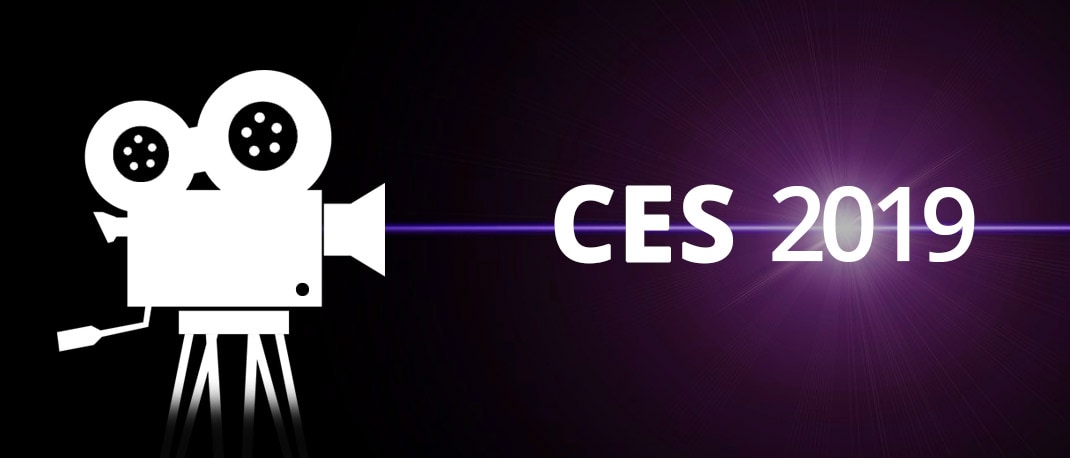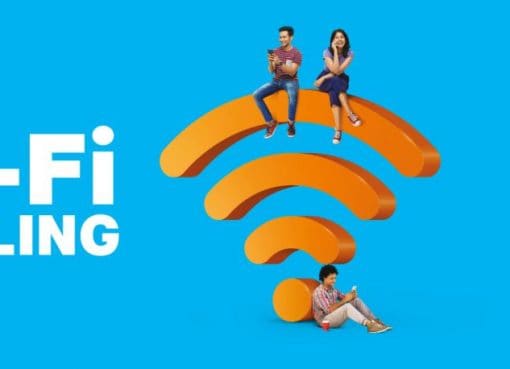As is tradition for any major phone manufacturer, Google too announced this year’s flagship devices. Besides the Google Home Hub, the Pixel Slate, Google announced products that have had rumours and leaks surrounding them, over the months leading to this day – the Pixel 3 and Pixel 3 XL. Anyone who looks at these flagship smartphones knows that the Pixel line of phones rank right up the order. There a high standards to meet, and Google does not intend on letting us down. This is a summary of all the things that Google told the world about their new Pixel 3 and Pixel 3 XL. ![]() This year is no different as far as Pixel phones go. The Pixel 3 and Pixel 3 XL have 5.5 and 6.3-inch displays respectively. The smaller Pixel 3 comes with a standard bezel on the top and bottom so it looks like the majority of phones pre-2018. The larger Pixel XL is the one with the notch and the now common, edgeless design. The notch which is a bit taller than other devices, houses a really large speaker which makes the phone noticeable louder and clearer. You will not need an additional set of portable speakers with this phone – perfect for watching video, gaming and listening to music and podcasts. There are differences in the screen resolution too, with the Pixel 3 sporting a 2160 x 1080 display while the Pixel 3 XL holds a 2880 x 1440 resolution. They are both OLED displays so contrast levels are through the roof; stunning picture quality is unavoidable. Gorilla Glass 5 brings in the protection against all scratches and dents, and now the devices are IP68 compatible so that means dust and water is no longer a worry. The Pixel 3 XL weighs more than the Pixel 3 because of its screen size and larger battery, by some 36 grams.
This year is no different as far as Pixel phones go. The Pixel 3 and Pixel 3 XL have 5.5 and 6.3-inch displays respectively. The smaller Pixel 3 comes with a standard bezel on the top and bottom so it looks like the majority of phones pre-2018. The larger Pixel XL is the one with the notch and the now common, edgeless design. The notch which is a bit taller than other devices, houses a really large speaker which makes the phone noticeable louder and clearer. You will not need an additional set of portable speakers with this phone – perfect for watching video, gaming and listening to music and podcasts. There are differences in the screen resolution too, with the Pixel 3 sporting a 2160 x 1080 display while the Pixel 3 XL holds a 2880 x 1440 resolution. They are both OLED displays so contrast levels are through the roof; stunning picture quality is unavoidable. Gorilla Glass 5 brings in the protection against all scratches and dents, and now the devices are IP68 compatible so that means dust and water is no longer a worry. The Pixel 3 XL weighs more than the Pixel 3 because of its screen size and larger battery, by some 36 grams. ![]() Colour options exist too, and Google has tried humour to name them – Clearly White, Not Pink and Just Black. The designs follow a certain styling, with the backs having a glossy top portion and a matte finish that lies on the lower section. The fingerprint scanner is at the back and both devices support Active edge which lets you squeeze the phone to perform gestures. The phones use an aluminium frames to reinforce the build. Both phones support quick charging using wires, as well as wireless charging. Google also showed off a wireless charger called the Pixel Stand.
Colour options exist too, and Google has tried humour to name them – Clearly White, Not Pink and Just Black. The designs follow a certain styling, with the backs having a glossy top portion and a matte finish that lies on the lower section. The fingerprint scanner is at the back and both devices support Active edge which lets you squeeze the phone to perform gestures. The phones use an aluminium frames to reinforce the build. Both phones support quick charging using wires, as well as wireless charging. Google also showed off a wireless charger called the Pixel Stand.
In terms of core specifications, both the Pixel phones are powered by the powerful and capable, Qualcomm Snapdragon 845, along with 4GB of RAM. Google develops Android and probably understands, the amount of RAM doesn’t affect performance as much as we might assume. Storage options are 64 and 128GB. The Pixel XL 3 uses a nano SIM card but there is a mention of eSIM in the specification sheets. We will need to wait and see whether this variant is for Indian markets. That wait isn’t too long as the devices are supposed to go live in November.![]() The Pixel 2 series boasted extraordinary camera quality and Google builds on this further. There is a 12.2MP camera at the back and 8MP wide and telephoto cameras at the front. The rear camera shoots 4K video footage and full HD 1080p at higher frame rates. The Pixel device is special for its hardware, also equally for its software. The camera software also gets a bunch of improvements. The Top Shot feature for example, lets you choose from a large number of photos captured through a click, so you can choose the perfect moment. The device now lets you easily remove unnecessary photos clogging your device, such as receipts, or even blurry and underexposed photos. All of this was shown off during the event. Some other features include the Super Res Zoom which uses a number of clever tricks to give you really high resolution photos and zoom. As for the fun bits, the Playground AR uses the cameras to offer even better augmented reality stickers called Playmojis. This should be a hit at parties and picnics.
The Pixel 2 series boasted extraordinary camera quality and Google builds on this further. There is a 12.2MP camera at the back and 8MP wide and telephoto cameras at the front. The rear camera shoots 4K video footage and full HD 1080p at higher frame rates. The Pixel device is special for its hardware, also equally for its software. The camera software also gets a bunch of improvements. The Top Shot feature for example, lets you choose from a large number of photos captured through a click, so you can choose the perfect moment. The device now lets you easily remove unnecessary photos clogging your device, such as receipts, or even blurry and underexposed photos. All of this was shown off during the event. Some other features include the Super Res Zoom which uses a number of clever tricks to give you really high resolution photos and zoom. As for the fun bits, the Playground AR uses the cameras to offer even better augmented reality stickers called Playmojis. This should be a hit at parties and picnics.![]() The Pixel 3 phones uses USB type C for charging and data transfer, and WiFi 802.11ac, NFC, Bluetooth 5.0 LE as part of connectivity options. There is no headphone jack on the device, but Google bundles a USB type-C to 3.5mm adapter with the phones.
The Pixel 3 phones uses USB type C for charging and data transfer, and WiFi 802.11ac, NFC, Bluetooth 5.0 LE as part of connectivity options. There is no headphone jack on the device, but Google bundles a USB type-C to 3.5mm adapter with the phones.![]() The hardware of the Pixel is incrementally better than previous generations, but the software is what makes the real difference. A lot of features are exclusive to these Pixel 3 phones, as of launch. Flipping your phone to turn off all sounds and notifications is one of those features. More impressive features are being able to let the phone answer calls and handle them entirely, leaving you only with a transcript of the conversation. This is particularly useful in handling spam calls. This feature seems to be available to the US customers for now. Google has also emphasized on feature that improve the security of your device and data. It’s done using a chip and software called Titan M. Digital wellness is another feature that comes baked well into Android 9 Pie; it is meant to ensure you do not get hooked on to your device for long hours, so you’re urged to keep the phone away every now and then.
The hardware of the Pixel is incrementally better than previous generations, but the software is what makes the real difference. A lot of features are exclusive to these Pixel 3 phones, as of launch. Flipping your phone to turn off all sounds and notifications is one of those features. More impressive features are being able to let the phone answer calls and handle them entirely, leaving you only with a transcript of the conversation. This is particularly useful in handling spam calls. This feature seems to be available to the US customers for now. Google has also emphasized on feature that improve the security of your device and data. It’s done using a chip and software called Titan M. Digital wellness is another feature that comes baked well into Android 9 Pie; it is meant to ensure you do not get hooked on to your device for long hours, so you’re urged to keep the phone away every now and then.
Some of the features and details maybe specific to other markets, and we recommend waiting for details on the Indian model around the time of the official launch. You can do this by visiting RelianceDigital.in or by visiting one of our stores using the Store Locator feature. You’ll be able to use the Pixel 3and Pixel 3 XL so you can know exactly what Google is on about!
Share This Post


